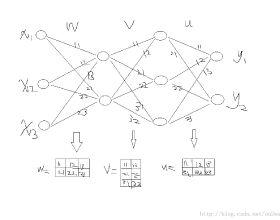3D Gaussian Splatting (3DGS) based Simultaneous Localization and Mapping (SLAM) systems can largely benefit from 3DGS's state-of-the-art rendering efficiency and accuracy, but have not yet been adopted in resource-constrained edge devices due to insufficient speed. Addressing this, we identify notable redundancies across the SLAM pipeline for acceleration. While conceptually straightforward, practical approaches are required to minimize the overhead associated with identifying and eliminating these redundancies. In response, we propose RTGS, an algorithm-hardware co-design framework that comprehensively reduces the redundancies for real-time 3DGS-SLAM on edge. To minimize the overhead, RTGS fully leverages the characteristics of the 3DGS-SLAM pipeline. On the algorithm side, we introduce (1) an adaptive Gaussian pruning step to remove the redundant Gaussians by reusing gradients computed during backpropagation; and (2) a dynamic downsampling technique that directly reuses the keyframe identification and alpha computing steps to eliminate redundant pixels. On the hardware side, we propose (1) a subtile-level streaming strategy and a pixel-level pairwise scheduling strategy that mitigates workload imbalance via a Workload Scheduling Unit (WSU) guided by previous iteration information; (2) a Rendering and Backpropagation (R&B) Buffer that accelerates the rendering backpropagation by reusing intermediate data computed during rendering; and (3) a Gradient Merging Unit (GMU) to reduce intensive memory accesses caused by atomic operations while enabling pipelined aggregation. Integrated into an edge GPU, RTGS achieves real-time performance (>= 30 FPS) on four datasets and three algorithms, with up to 82.5x energy efficiency over the baseline and negligible quality loss. Code is available at https://github.com/UMN-ZhaoLab/RTGS.
翻译:暂无翻译




